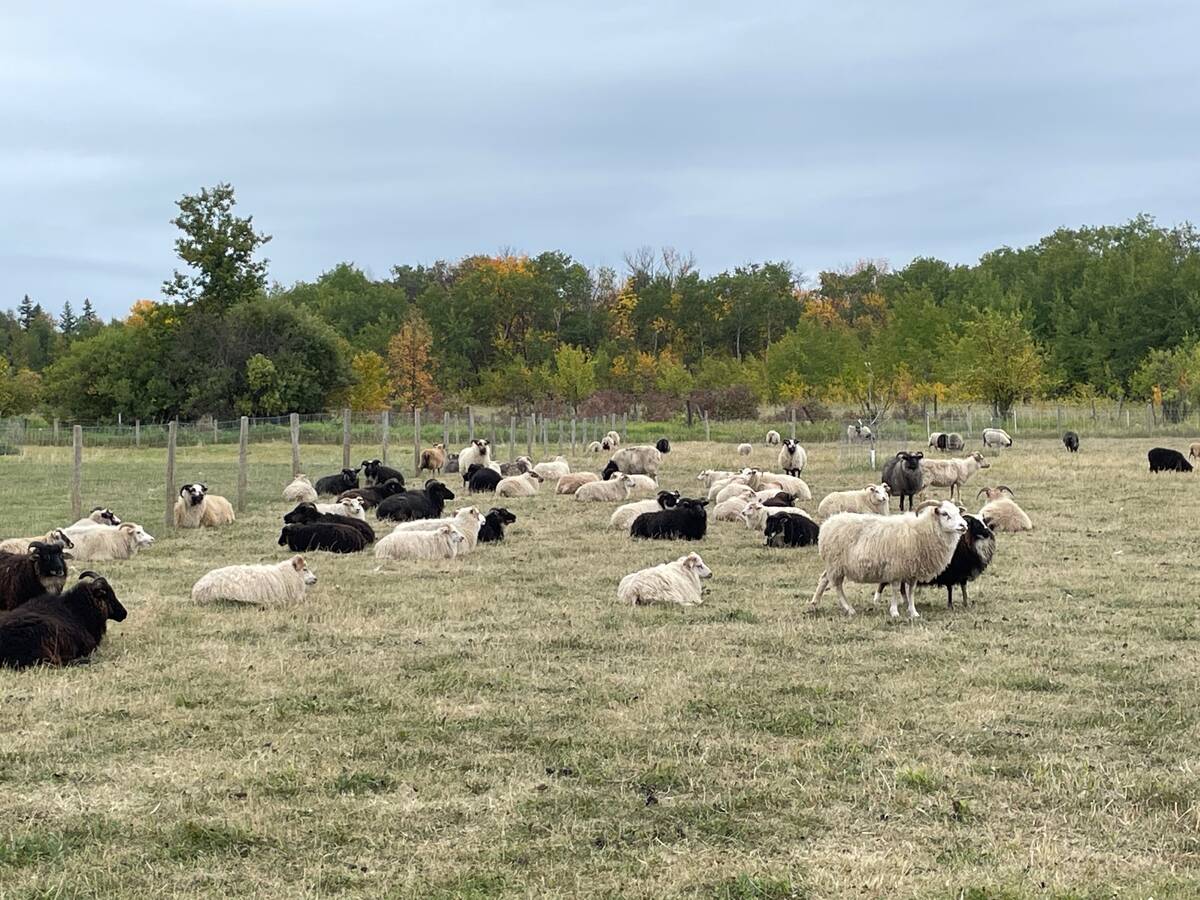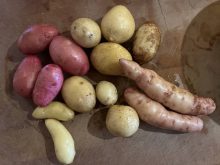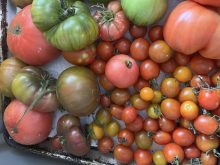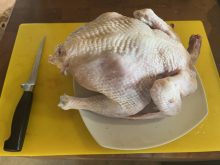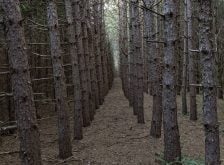I spent my early life in Wales, one of the four countries of the United Kingdom (British Isles). Wales is basically a very hilly country to the west of England, of some three million people in an area of just more than 8,000 square miles (21,000 sq. kilometres) or just more than five million acres, of which around four million are essentially agricultural.
Now when I talk about sheep, I will explain the perspectives with particular regard to Canada. The 8,000 square miles of Wales would fit into each of the three Prairie provinces about 32 times — Alberta is 255,000 square miles, and each of the other provinces is just a little less than that in size.
Wales has essentially a mild, wet climate modified by the Gulf Stream of the Atlantic, allowing farm animals to graze from March until December. The rainfall varies from 30 to 40 inches annually on the coastal areas with up to 150 inches just a few miles inland.
Read Also

Gentle treatments for pain in the neck
Heading toward year-end, people unknowingly tense up against the cold and busyness, causing neck pain that can often be treated with appropriate support and gentle mobility, athletic therapist Kathlyn Hossack says.
Wales today has a peak sheep population of around 10 million, counting both mature sheep and lambs. This conveniently works out to 2,000 sheep from March to October on each acre of the Welsh landscape. Let’s not forget the other livestock, particularly cattle, numbering more than one million, and horses, at 60,000 or more. That means 2,500 sheep per section or an average of eight sheep per useable acre. That number per acre could vary from four to 12 or more. Remember, over winter the sheep herd, primarily older ewes, from November to March drops down to just more than four million animals. Each early spring from March onward, each ewe averages 1.5 lambs per adult animal.
In the rest of the U.K. — England, Scotland and Northern Ireland — there are about another 12 million sheep. Canada, on the other hand has only around 830,000 sheep, primarily in Ontario, Quebec and Alberta. Some 550,000 lambs and some sheep are processed for meat in provincially inspected establishments annually. Canada exports and imports sheep and lambs, but imports are by far the most, at around 28,000 tons of lamb and mutton valued at $347 million. Farm cash receipts in Canada for lamb and sheep total $224 million or 0.2 per cent of total farm cash receipts.
Most lamb imports into Canada come from Australia and New Zealand, which have some 75 million and 25 million sheep respectively. These numbers, though, are dwarfed by China’s 175 million sheep, giving that country 14 per cent of the world’s sheep population.
Demand for lamb in Canada is high, but it’s often unavailable in the big box stores. On the other hand, the potential for increasing Canada’s sheep herds is high, but I suspect some prejudice exists for nonspecific reasons. Canadian winters may be cold, but most sheep breeds are ideally suited for our cold weather. And if coyotes are cited as problems, how come Australia can manage its sheep-killing dingoes?
There are more than 200 recognized breeds of sheep, with perhaps some 10,000 distinct types, all the way from dual-purpose wool type to wool-free sheep to milk-producing sheep.
Milk sheep, very common in Europe, are unusual in that some lines can produce three to six lambs at one time. Milk production runs from 170 to 240 U.S. gallons (600-900 litres) in a milking interval (year). Much of this milk is made into up to 70 or more cheeses, perhaps the most familiar in Canada being the sharp-tasting blue French Roquefort.
Lamb as a prime-time meal centrepiece worldwide competes very well with quality beef, particularly on European tables. As with the meat from specialized beef-producing animals such as Kobe from Wagyu cattle, prime lamb roast has its own unique types. Where I grew up in Wales, we farmed on the edge of a huge estuary, second only to the Bay of Fundy in Canada. This estuary had some 5,000 acres of grass-covered salt marsh, traditionally grazed by sheep, horses and cattle. These grass salt marshes are periodically flooded many times a year by the incoming tides which in spring can rise as much as 32 feet. Sheep eating these very saline-tolerant grasses develop a distinctive meat, which, up until not so many years ago, was poorly regarded as off-flavoured. In today’s world, this lamb meat is now very highly regarded by the best of British restaurants as salt marsh lamb. The lamb meat from the salt marsh’s 5,000 acres is sold for up to three times the price of regular farm lamb — a prime example of a niche market.
Affluent consumers seem to be always ready for an unusual food experience. Remember, the world’s best coffee is made from coffee beans that have been previously eaten by wild jungle catlike creatures (civets) in Indonesia. Look it up if it sounds unbelievable.
A secure perimeter
I believe there’s a lot of room for sheep farming in Canada, particularly on the Prairies. Until recently I kept around eight Shetland sheep for 15 years at my acreage. I fenced the outer part of the acreage with four-foot sheep fencing on top of four-foot sheep fencing so it was eight feet tall and essentially coyote-, deer- and moose-proof. The sheep were kept on an acre of land that was a mass of poplar roots, suckers and weeds. After five years all the poplars and weeds were killed off and replaced with a lawn grass mixture that I periodically seeded over this area. Within a few years this was an acre of good grazing land. I have always had a couple of energetic border collies within the acreage, and coyotes or foxes have never been a problem, despite having a few free-ranging chickens.
Back in 2010 on my five acres, next to my sheep pen, I came across the fully eaten remains of a large male white-tail deer. This happened in March, in deep snow that year. It appeared a cougar had chased a deer that jumped the eight-foot fence at the bottom end of my property, consuming the deer over many days and totally ignoring the sheep in the nearby pen enclosed only by four-foot fencing. Perhaps the cougar had an aversion to mutton or was discouraged by my border collie patrol.
So, if Wales can raise 10 million sheep on 8,000 sections, why can the Prairies, 100 times larger in area, only raise around 300,000 sheep? The demand for lamb is there, either for domestic or export purposes. As we say, I am not pulling the “wool” over your eyes.
Do not be hung up, so to speak, by so-called feuds between cattle ranchers and sheep herders. I have many times heard the word “pasture maggots” together with contemptuous descriptions about the taste of lamb. Old mutton may not be the best of meats, but there are many in this country who relish moose, deer, bear, ducks and geese, regardless of age or quality. Try Canadian prime lamb chops, Indian lamb curry or Italian/Greek prepared lamb. You just might like it.


